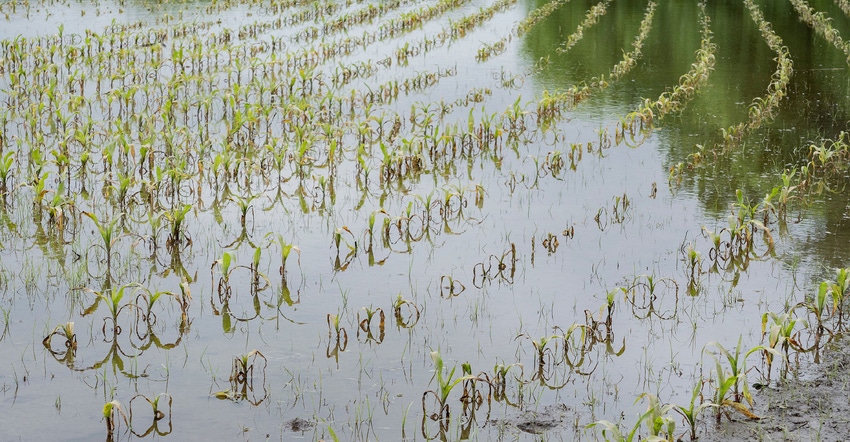
Some Oklahoma crop producers might need to reassess their herbicide-application options given the current state of their fields, according to Oklahoma State University Extension recommendations.
All crops should be considered, but corn and sorghum seem to have been especially susceptible to both past and recent weather conditions, said Todd Baughman, OSU Extension weed scientist and program leader for the university’s Institute for Agricultural Biosciences, Ardmore, Okla.
For example, many corn fields are 4-6 inches tall, but the plants are already in what’s referred to as the V4 or larger growth stage. Normally, plants would be taller at these advanced growth stages, so the roadside view can’t be trusted alone.
“It’s important to apply a postemergence herbicide that fits within the growth-stage window listed on the specific label directions,” Baughman said. “While this may be the normal time of year when a producer would make a postemergence application, don’t take a business-as-usual approach. Visually inspect individual fields to determine the actual growth-stage of the current crop.”
Another important factor to consider: If the crop is stressed, it also increases the plant’s susceptibility to herbicide applications. This goes for all crops, from peanuts and grain sorghum to soybeans and cotton, Baughman said.
Factors determining herbicide efficiency and crop safety are complex and include species, plant size, stage of crop growth, soil chemical and physical properties, soil moisture, soil and air temperature and relative humidity. As a whole, Oklahoma has received plenty of rain, but conditions — and crop management options relative to those specific conditions — vary across the state.
“It’s important not to let weeds get out of hand, but if there is an opportunity to let stressed plants recover from that stress, then the producer will most likely be better off,” Baughman said.
“Good risk management would suggest a crop producer explore all viable options when choosing and applying a postemergence herbicide, depending on specific field conditions, where weeds are in their development and the current state of the crops.”
Baughman recommended farmers consult their OSU Extension county agricultural educator for assistance.
Source: is OSU, which is solely responsible for the information provided and is wholly owned by the source. Informa Business Media and all its subsidiaries are not responsible for any of the content contained in this information asset.
Read more about:
Herbicide Management PlanAbout the Author(s)
You May Also Like




